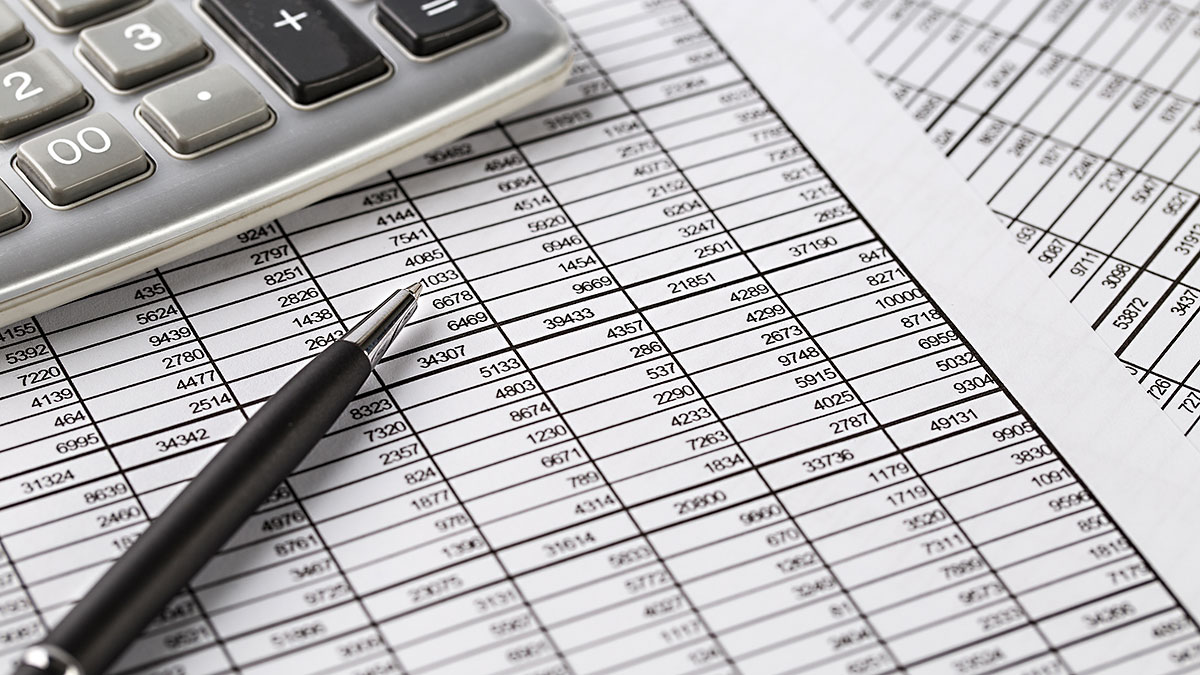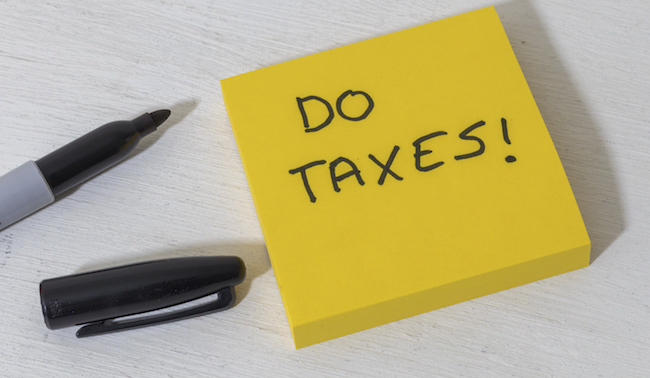Aggregate demand is the total demand for goods or services in a market for a certain period. It’s not as complicated as it sounds. Your business will benefit if you understand it.
What is aggregate demand?
To define aggregate demand we must understand the Law of Demand.
The Law of Demand
The Law of Demand is a business or economic theory. It states that a product or service will sell a certain amount based on its price.
If x product is y price it will sell z amount. For example, if soda is $1.99 per liter, Lucy’s grocery store will sell 2, 000 liters each month.
Demand includes two types: elastic and inelastic demand.
Elastic demand
Elastic, or flexible, demand means a product’s sales change when its price changes. If soda is $5.99 a liter, most households will buy a different drink. They don’t have to have sodas, even if they love them.
Inelastic demand
Inelastic, or rigid, demand means a product’s sales will not change with its price. Inelastic demand refers to must-have products and services.
If you commute to work, you will buy more expensive gasoline or bus passes. Most homes with children will still buy milk when the price goes up.
At $1.49 or $1.99 per liter how much soda will sell in the United States in a month?
If you ask Coca-Cola or PepsiCo someone at their company will know. They might not share the figure with you, but someone there understands how price affects the aggregate demand. They need to price their goods and make enough soda for their chosen markets.
Because soda is an elastic-demand product its manufacturers are careful about price increases.
A gasoline-producing company may worry less about price changes as its product is inelastic. But, they are not immune to the impact of price changes.
People may avoid optional driving when gas prices are high. Extreme increases in gas prices lead people to consider alternative vehicles and fuels.
How can understanding demand help your small business?
First determine if your products and services are elastic, inelastic or both?
Think about your products or services. How vital are they to your customers and clients? How concerned do you need to be about pricing?
If you run a nail salon, your services are elastic. People may love their manicured nails, but they can go without your services. If your business is elastic you need to pay close attention to your pricing.
Are your nail services competitive and affordable for your clientele? If you don’t know, you should research your competitors and ask your clients about pricing.
Does your business offer inelastic services or products? Or does it offer both types? If it does, should your pricing vary?
For instance, if you are a plumber, customers have to call you in some circumstances. An overflowing toilet, or broken mainline, need a plumber’s immediate attention. However, changing out a faucet or remodeling a bathtub can wait.
Do you charge different prices for optional work? Are people postponing remodeling because of their high emergency plumbing bill?
Do they know you have other rates, packages or discounts for scheduled work?
Define your market to determine the aggregate demand
A company like Coca-Cola has most of the world as its market. They have to calculate aggregate demand for a spectacular number of consumers.
One day, you may share their market-size.
For now, you need to define your market.
Who are your customers?
For example, two businesses serve fictional Faux Town: a residential plumbing business and a nail salon. There are 30,000 residents within 25 miles of downtown Faux Town.
The 30,000 residents of Faux Town are not all potential customers for these businesses.
Homeowners call residential plumbers. The plumbing-business owner can determine the number of homeowners in Faux Town with Census data.
Local census data will help the nail-salon owner determine how many adult females (or other customer segments) are in their area and how much they earn.
Professional business associations also have data on market sizes and customer demographics.
Examples of calculating potential customers
The plumber learns that adults make up 70 percent of the population. Homeowners account for 60 percent.
Total population: 30,000
Adult population: 21,000
Homeowners in Faux Town: 12,600
The salon owner learns that 50.2 percent of the local adult population are women. A professional organization provides data showing 45 percent of adult women use nail salons.
Adult population: 21,000
Women: 10,542
Potential nail salons customers in Faux Town: 4,744
The plumber has more potential total customers in Faux Town. But how often do people need a plumber?
During any 90-days, a homeowner may not need a plumber. In the same 90-days, a woman may get four manicures. In summer months, women may also get pedicures.
The plumber knows from his professional organization that most homeowners call a plumber once a year. That means the annual aggregate demand for plumbers in Faux Town is 12,600.
With 12,600 potential Faux-Town customers, the plumber knows there’s a potential demand for another 8,600 calls a year.
Why aren’t they calling? The plumbing business could see if changing prices attract new customers. They could experiment with the Law of Demand.
The good news is that understanding the aggregate demand shows the business how much room they have to grow.
The reverse can also be true. If you sell luxury goods, in a town without luxury buyers, your business won’t grow.
It’s best to go forward with the maximum information about your customers and products. Learn to calculate the aggregate demand for your business.
















